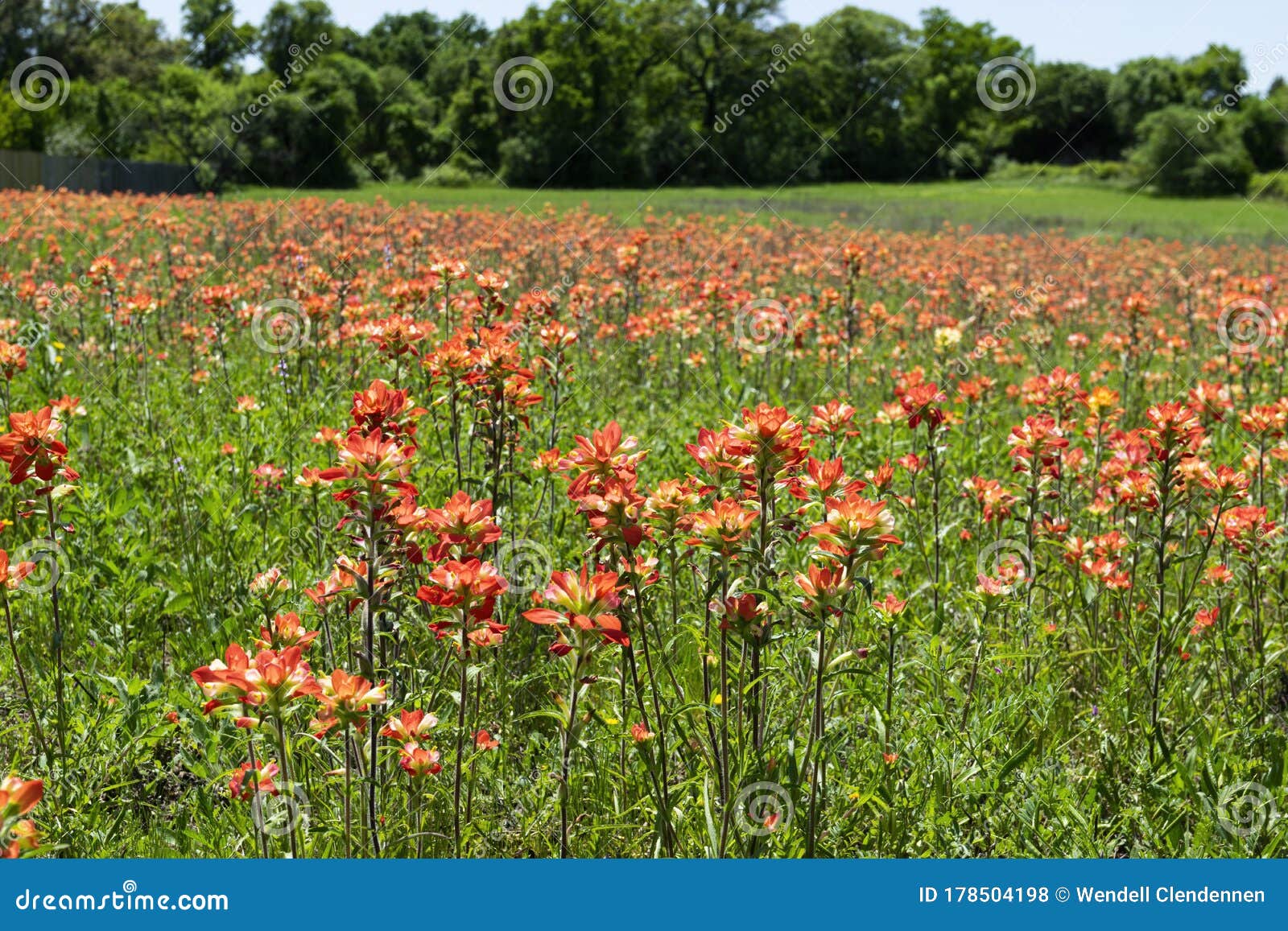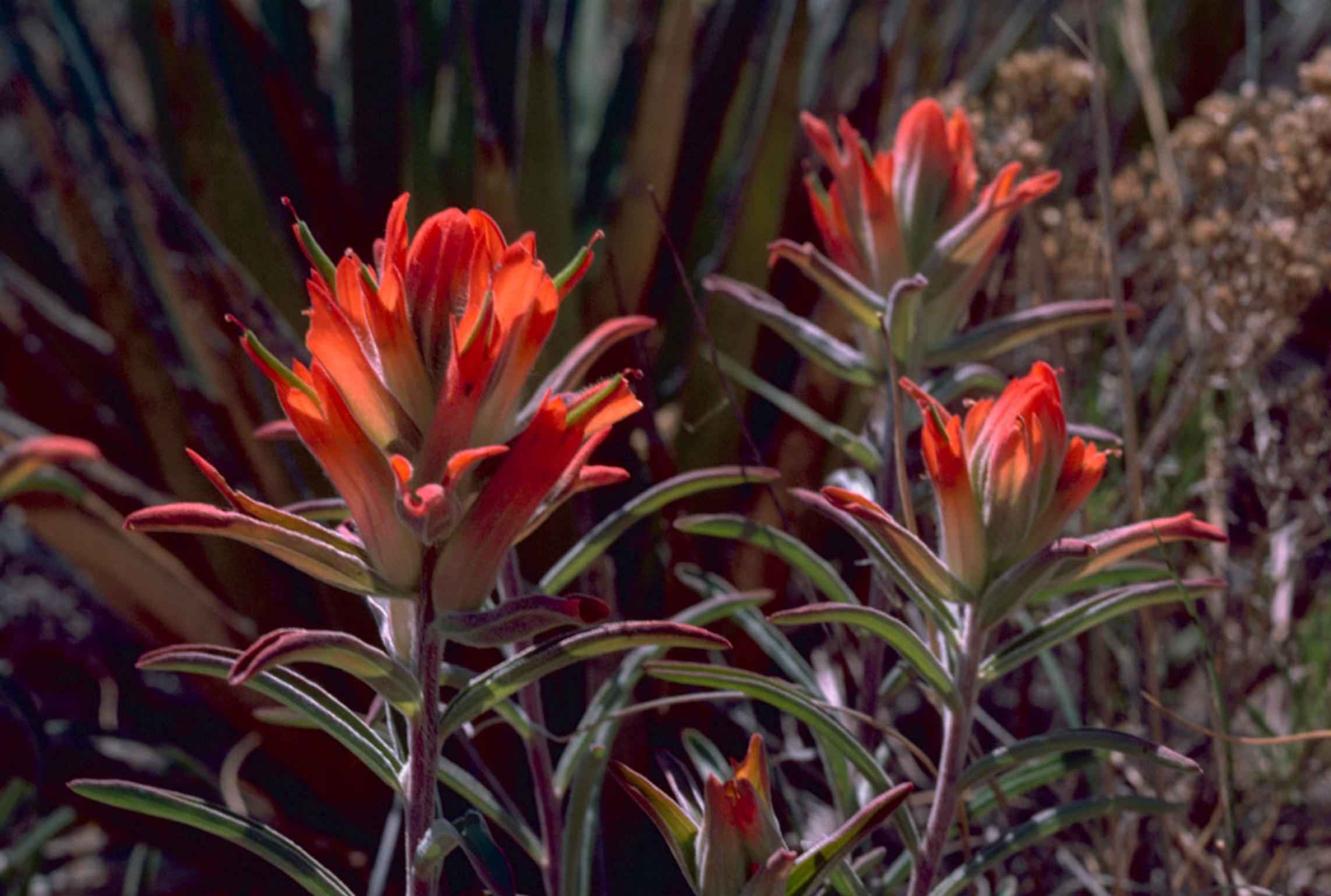

#Indian paintbrush silk flowers full#
They will need full sun but can tolerate a little shade, and will need well-drained soil. Indian paintbrush grows best in prairie or wildflower meadows with other native plants and will do best in a dryer native plant section of your garden.

However, growing this flower in your yard is not impossible if you are willing to put in a little extra effort. Indian paintbrush is not recommended for the home landscape because they can be tricky to grow as they rely on other plants for their water source. Now every spring the Indian paint brush blooms again to remind us of the beauty of nature. The next morning the tribe discovered that the brushes had sprouted and left the landscape ablaze with color. After he painted his masterpiece he left the the brushes he was given on the hilltop. After many attempts he became frustrated that he could not match the brilliance of nature, but after another vision, he went to a hilltop where the Great Spirit gave him paintbrushes filled with paint that matched the colors of the sunset. The legend tells of a young brave who tried to paint the sunset with juices from flowers and berries after having a dream vision. This wild flower even brought about a Native American legend. Indian paintbrush is not completely parasitic as it does not kill the host plant and it has green leaves which enables the plant to photosynthesize.Įven with the somewhat sinister way this plant lives, it is one of the many hidden beauties which ads a splash of color to the dry desert landscape. This is done when the Indian paintbrush sends out roots to the other plant, drills into its root system and draws out the nutrients it needs. This is because this wildflower is a hemiparasitic plant, which means the plant gets some or all of its nutrients from another living plant,primarily grasses and other native plants like penstemon and sagebrush. When seeing Indian paintbrush in the wild one thing you may not have noticed is that it never grows alone. The Indian paintbrush is a biannual plant that grows leaves the first year and stalks of blooms in the spring and early summer, and if conditions are right, the flower will reseed itself in the fall.

The flowers stick out from the top of the cluster of bracts and are green to white in color.

It has thin greenish gray lower leaves and upper leaves which look like the flowers but are actually bracts that come in varying colors of red, orange, and sometimes yellow. This small flower grows in forest clearings and grasslands across the western and southwestern United States. This wildflower is named for its clusters of colorful bracts that resemble paintbrushes dipped in brightly colored paint. Here’s how pollination works: Bees help spread the pollen of one tree from bloom to bloom, helping fruit emerge, or bees carry the pollen from one tree to another tree, ensuring both varieties fruit.Anyone who has spent time in the Western United States has probably seen the wild flower known as Indian paintbrush, also called Castilleja. And for those that need a cross-pollinator, we’ve recommended the best pollination partners on each specific product's page. Many of our Citrus Trees are self-fertile, but you’ll almost always have bigger harvests by planting more than one tree nearby. However, you can plant in pots to stay on the porch or move indoors nearly any time of year. Generally, you should plant your Citrus Fruit Trees in early spring. Finally, water the surrounding soil to settle your tree’s roots and mulch to conserve moisture. Find an area with well-drained soil or select a container large enough to accommodate the tree’s root ball, place your tree and backfill the soil. Most Citrus Trees prefer well-drained soil and full sun, or 6 to 8 hours of sunlight per day, but specific instructions will depend on the variety you choose.įrom there, planting your Citrus Trees is simple. The most important factors for your Citrus Trees are sunlight and watering needs. Though specific planting directions depend on the variety you choose, all Citrus Trees must be grown in the proper growing zones (or indoors). But despite their native warm-weather environments, our Citrus Trees can grow just about anywhere. Oranges, Lemons, Limes and beyond: Citrus Trees feature tart-sweet fruit and often have tropical origins.


 0 kommentar(er)
0 kommentar(er)
